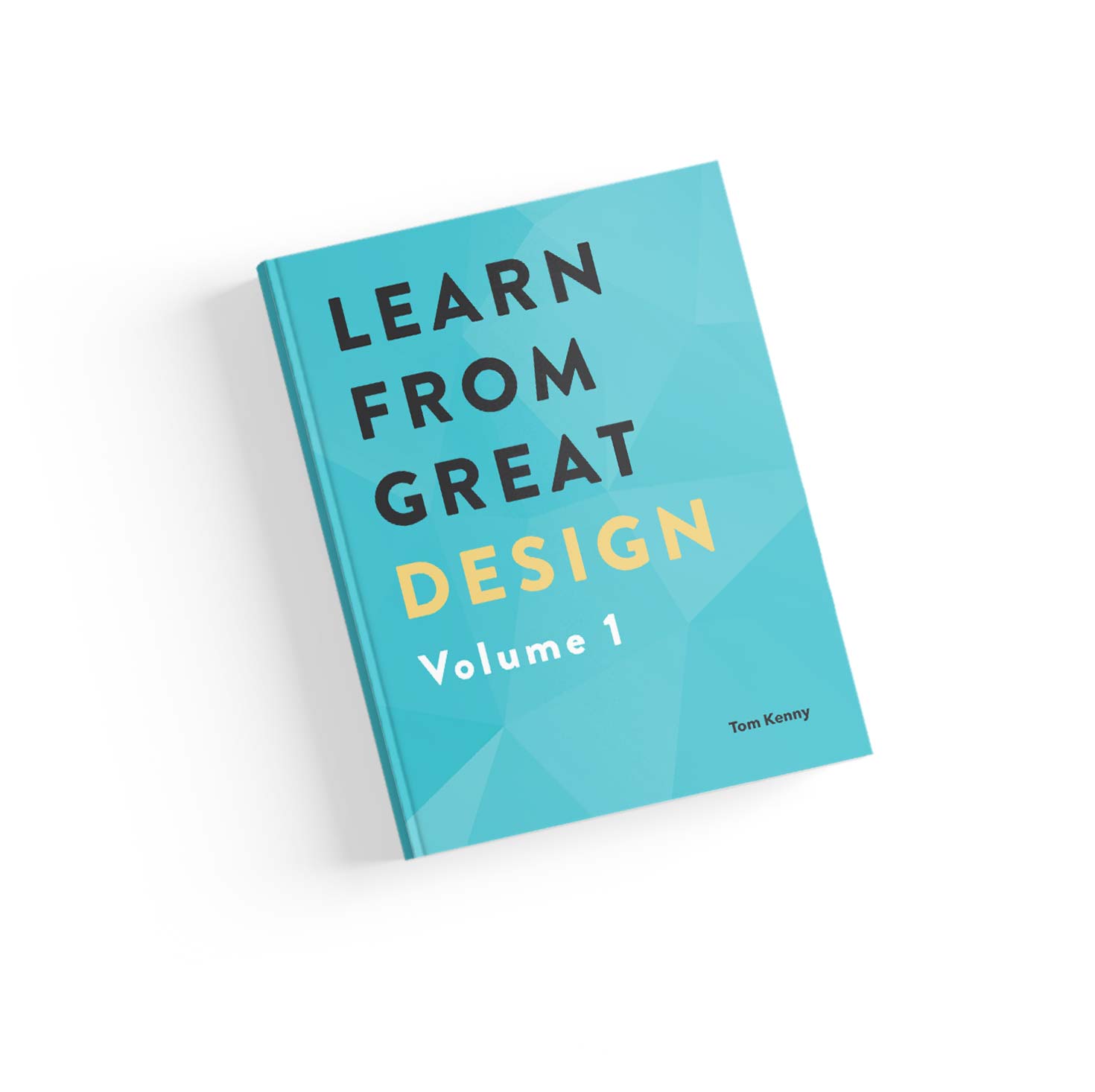This week I’m taking a break from all the sightseeing of travelling the world (which is more tiring than you think!) by spending some relaxing time on a remote island in the Pacific. I’m in the Cook Islands and I wasn’t going to write an article this week as part of my break but I enjoy writing for you all too much.
Taking a break has reminded me of how this can help keep one of the biggest creative blocks at bay: burnout.
If you’ve ever experienced it, you’ll know burnout can knock you out for days, weeks or even months if you don’t control it. In extreme cases it can even take years to recover as you’ll see what happened to me later in this article.
In our first time in Japan, we spent 9 days in Kyoto. We fell in love with the city immediately and we knew there was so much we wanted to see and do, so we rushed around trying to cram as much in as possible. That was right until the last day when we both injured ourselves. My wife hurt her ankle and had to hobble back to our hostel and I pulled a muscle in my leg. The lesson here is just because you enjoy something, doesn’t mean you’ll avoid burning out.
We overdid it and burnt out, by exploring our favourite place in the world.
We had to rest for a few days just to get back to normal. Luckily we were visiting Mount Fuji, which was covered by cloud for the first couple of days, giving us the rest we needed but we could have easily missed out on one of the most amazing sites in the world.
Think about something like your favourite meal at your favourite restaurant which you only have occasionally. If you had it every day, it would quickly lose its appeal and maybe even become boring. It will certainly won’t be as special, that’s for sure.
The same can happen with designing, even if you absolutely love it. If you do one thing too much, you will come across burnout at some point.
Schedule Regular Breaks
My worst ever occurrence of burnout resulted in almost 2 years of depression. The cause of it was working full-time for companies in open plan offices where I just couldn’t concentrate and do work I was happy with. Unfortunately nothing I said convinced the companies I worked for that I needed regular breaks. Working from home 1–2 days a week would have helped significantly. I tried many things including changing jobs twice and even working 5 minutes walk away from one job but nothing gave me the regular breaks I desperately needed.
As a result, I’ve turned to freelancing but I’ve taken a year out from client work to travel the world. You don’t have to be that drastic, although it’s exactly what I needed in my situation and ever since I passed the 6 month mark, I’ve felt more creative than ever.
Sean McCabe takes a week long sabbatical away from work every 7 weeks which may be a bit much for the average person but Tim Ferris makes sure he doesn’t even look at a screen every Saturday.
It could even be as simple as taking every Friday afternoon off or simply making sure you don’t do any work over the weekend.
However you decide to do it, take regular breaks to hold back the biggest creative block of them all. Avoid long periods of painful recovery from burnout by scheduling regular easy short periods of rest.
It’s a little like cleaning up your room. If you do it as you go, you’ll keep on top of it easily but if you leave it for a while, it’ll be much more difficult and take you much longer to get back to a normal state, except the consequences will be much worse.


